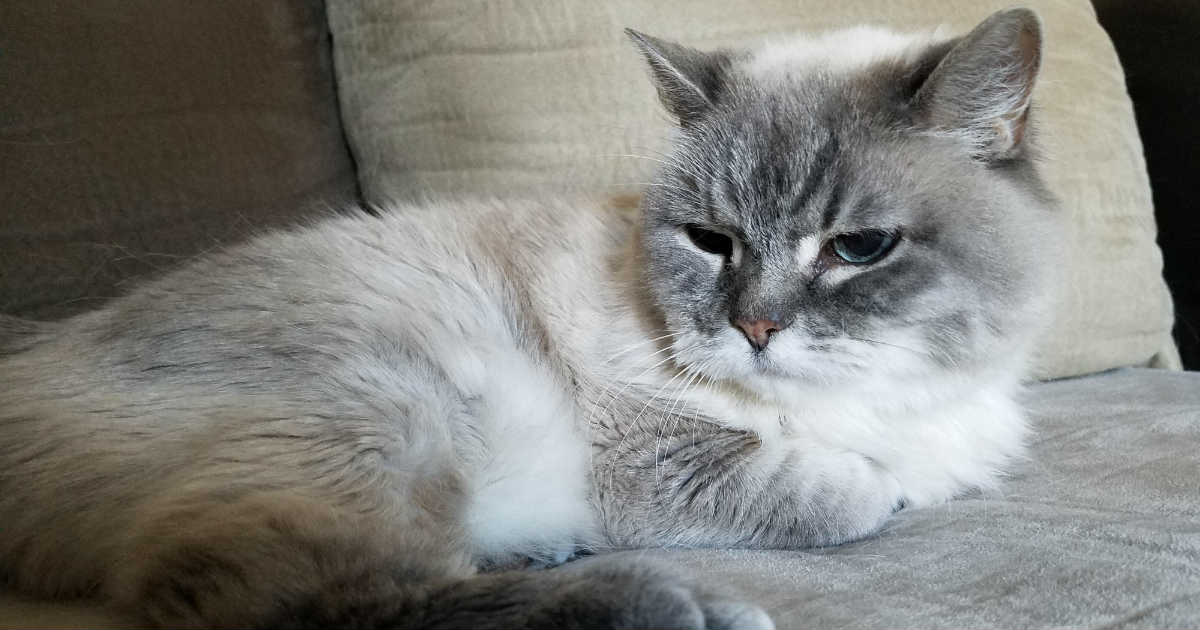Hamsters As Pets
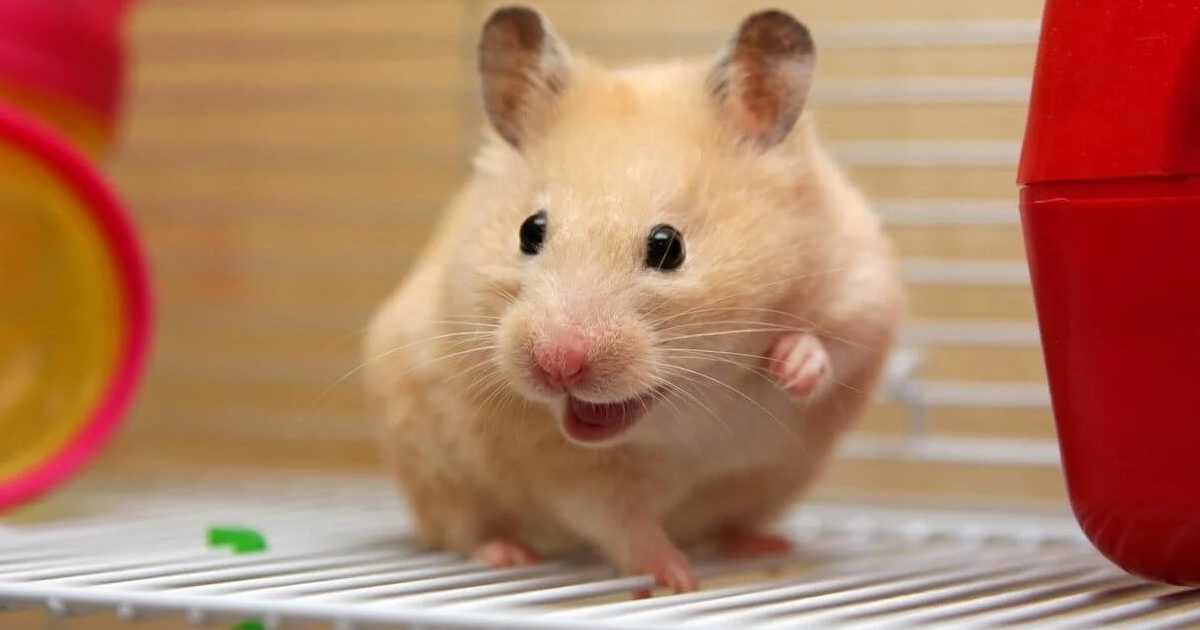
One of the more well-known animals to have as a pet is definitely hamsters. With their small body and cute eyes, it makes it incredibly difficult to resist getting them! They are known to be cheap to get and low in maintenance as well. However, all animals come with their essentials that you have to take care of. If you want a hamster, here are the essentials you have to get!
Things to Know
A few things to take note of is that squirrels are naturally skittish since they are preys in the wildlife. If you are scared of getting bitten while handling your hamster, wear a glove! And definitely do not play with them on high grounds. If they fall, from a high distance, the injury may be fatal.
Another things to note is that it may take some time for hamsters to get used to you. With this said, having to fully tame a hamster may take time, and it cannot be rushed. As mentioned, they are naturally skittish. Getting them used to their environment and around you should be the top priority. And it is the first step of taming them regardless.
Since they are skittish, having children around to interact with them may not be a good idea. Children may not know how to control themselves and may unintentionally harm the hamster.
In terms of maintenance, hamsters are naturally clean animals. You are required to clean their cage once a week. Apart from that, you don’t need to shower your hamsters.
Essentials
Though hamsters may take some time to get used to, the gentle hard works would definitely pay off eventually. As mentioned, hamsters are low maintenance. Once you fully tamed your hamster, maintaining your hamster would be a walk in the park.
In terms of what you would need to get, here is a list of hamster essentials:
1. Cage
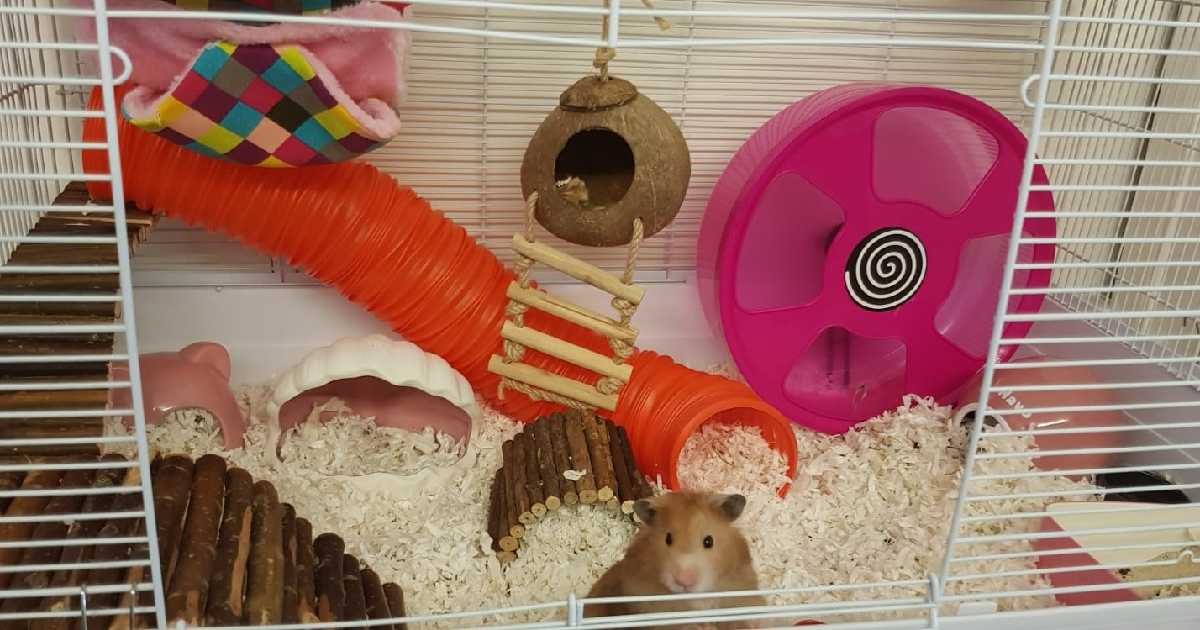
Though a hamster is small, they need quite a big place to stay. They love to tunnel and explore. Plus the fact that they are active animals, the cage needs to have a large space. The cage needs to be big enough to store its toys and still have space for the hamster to run around.
There are many variations of the cage but generally, you can either get the plastic ones that are fully enclosed or wire barred cages that are open. Depending on the species and your preference, ensure that the cage is big enough to fit your hamster! Also note that hamsters grow really fast. They typically reach adult size in 3 months time. With this said, if you get a baby hamster, don’t hesitate to get a big cage right off the bat! It wouldn’t take long for your hamsters to grow into adults. Some make the mistake of getting small cages for their baby hamsters. They would have to get a new cage again when they realize that their hamster is growing out of their baby cage way too soon. It might also unnecessarily stress the hamster since they would have to adapt into their new environment once again.
2. Bedding & Nesting
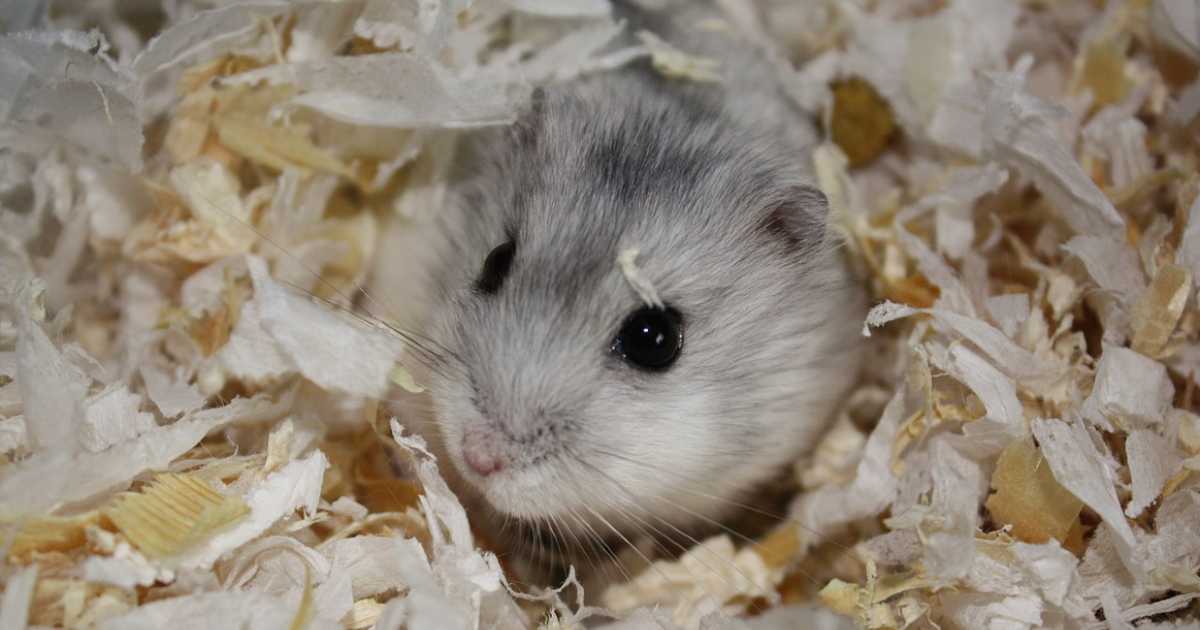
Another obvious essentials is to get your hamsters bedding and nesting. You are required to change the bedding every one or two weeks. Otherwise, it can get too dry for your hamster to sleep!
There are various bedding that you can choose from but the usual go-to is aspen shavings. If you do decide to get other shavings, make sure that it doesn’t have too strong a smell. Hamsters have sensitive nose and are sensitive to smell. Avoid pine or cedar chips since their aroma is too strong and can cause respiratory problems.
When it comes to nesting, hamsters like soft materials. You can use ripped paper, cardboard or wood pieces. Just like the bedding, make sure that whatever you use has no scent on it. Having scented bedding or nesting is incredibly irritating for your hamster and can cause health issues down the line. You should also never use fiber or cotton-based materials. Hamsters would eat little pieces of whatever they can fit into their cheek pouches. And eating these materials can cause various problems for your hamster.
3. Hideout
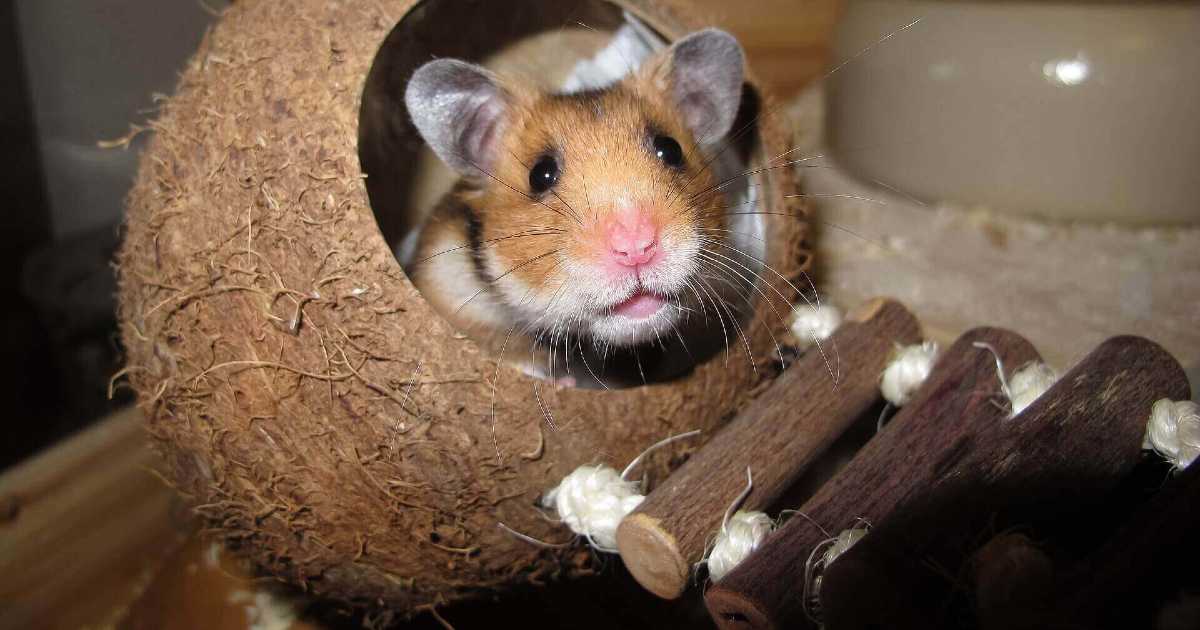
Your hamster would also need to have a hideout for them to call their home. Hamsters are natural preys. With this said, they are exceptionally good at hiding to avoid getting preyed on. In the wild, they would live in burrow underground. In your house, they’ll have the luxury of a small cute house!
The size of the house shouldn’t be too big nor too small. If it fits an adult hamster, then it works. Just make sure that they have enough space to wiggle around. If you don’t like plastic hamster houses, you can go for wooden ones. People usually go for this option as it resembles their natural habitat far more than cute plastic houses. Since hamsters like to chew on things constantly, the wooden hideout is perfect for that as well. It can also contain your hamster’s smell the best out of all the other materials.
In any case, always ensure that the hideout you choose is always breathable and that it is unscented.
4. Food & Food Bowl

Another obvious essential would be food and food bowl. Usually, a food bowl will come together with the cage when purchased. Just make sure that the bowl looks just like a dog food bowl. If it looks just like the ones we use, it may tip over when your hamster eats from it.
In terms of food, basic pelleted food works the best. You can try feeding loose food mixes but there’s a chance that your hamster would only eat the food types that it likes. Pelleted food is always the go-to option. Hamsters only eat once a day and in low amounts. Usually, two tablespoons are enough for them. With this said, try to get the expensive option for your hamster! Since it can last long, and it is also beneficial for your hamster.
5. Water Source
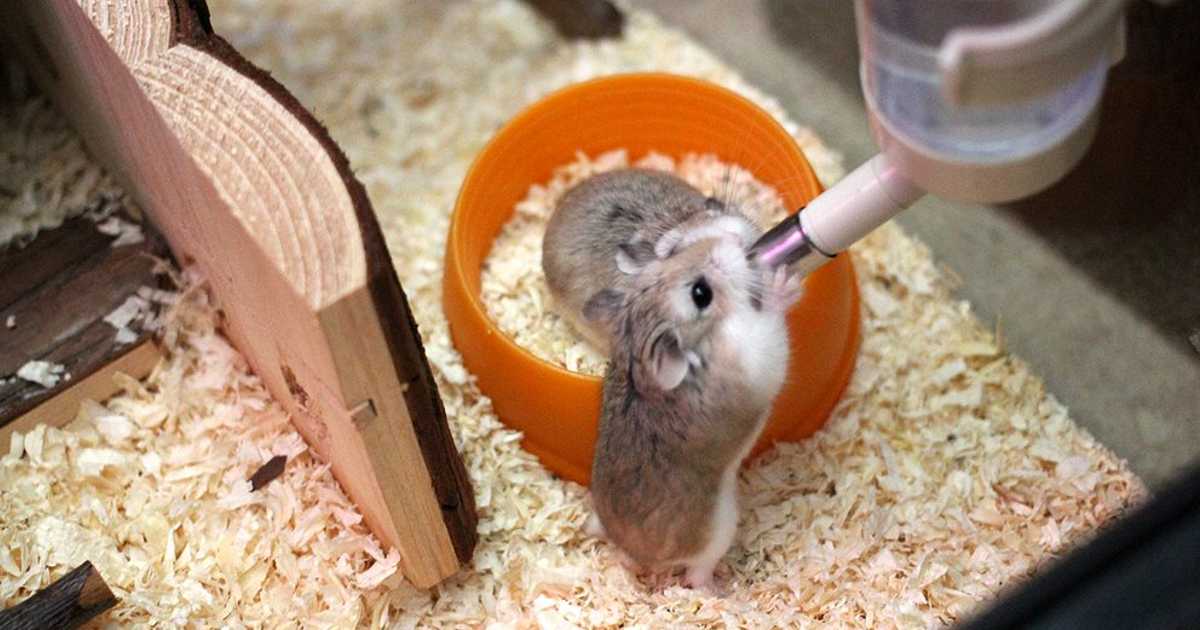
Just like the food bowl, water bottles would sometimes be provided together with the purchased hamster cage. It’s usually not recommended getting a water bowl to place it inside the cage with the food bowl. It would most likely be filled with bedding which is not a good water source for your hamster.
In terms of the amount of water, the measurement is usually 10ml per 100g of hamster. And the water bottles made for hamsters in the market can carry an amount way higher than that. In any case, ensure that your hamster has access to clean fresh water 24/7!
6. Toys & Tubes
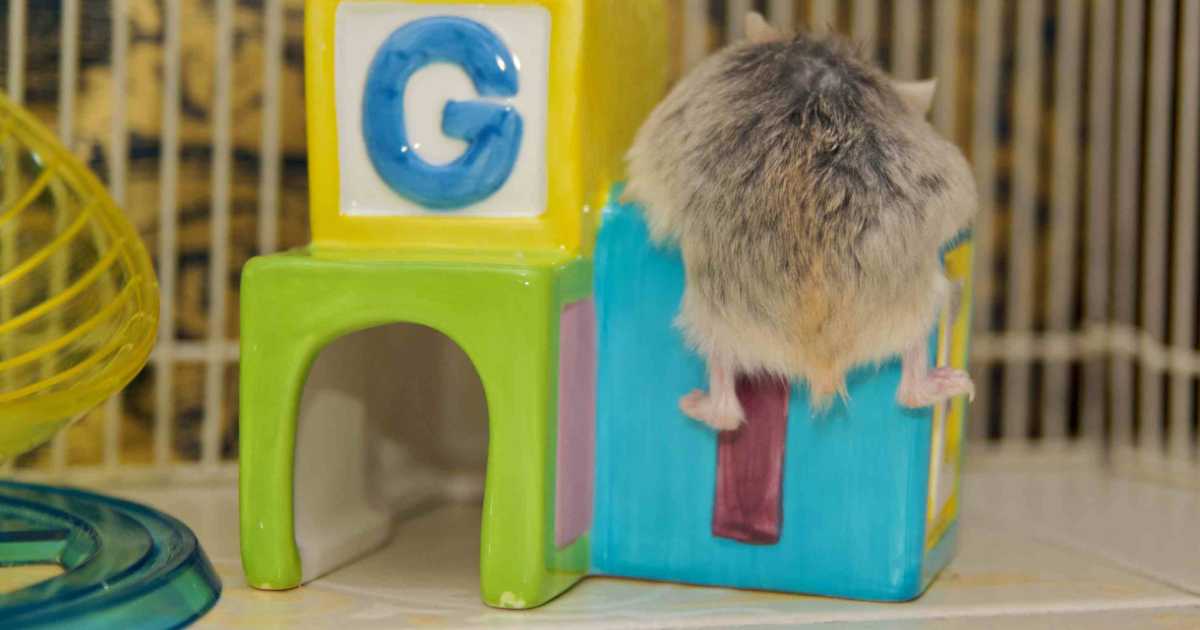
Hamsters are somewhat active animals. They are relatively smart too! Mentally engaging toys work best for your hamster to keep it entertained.
In the wild, hamsters like to burrow around. With this said, tubes make the best substitute for this. Building blocks can be good as well. It allows your hamster to climb around. Apart from that, you can try DIY toys at home too! Fold cardboard boxes to a cube with holes and your hamster can now play hide-and-seek with it. You can also place toilet rolls inside the cage. Place food in the roll and watch your pet hamster try to get it out. When it comes to chew toys, it’s recommended to get one that is made out of wood instead of plastic as plastic can be harmful for your hamster.
In any case, make sure that the toys are clean and are not harmful! Be it a DIY or bought online toy.
7. Running Wheel
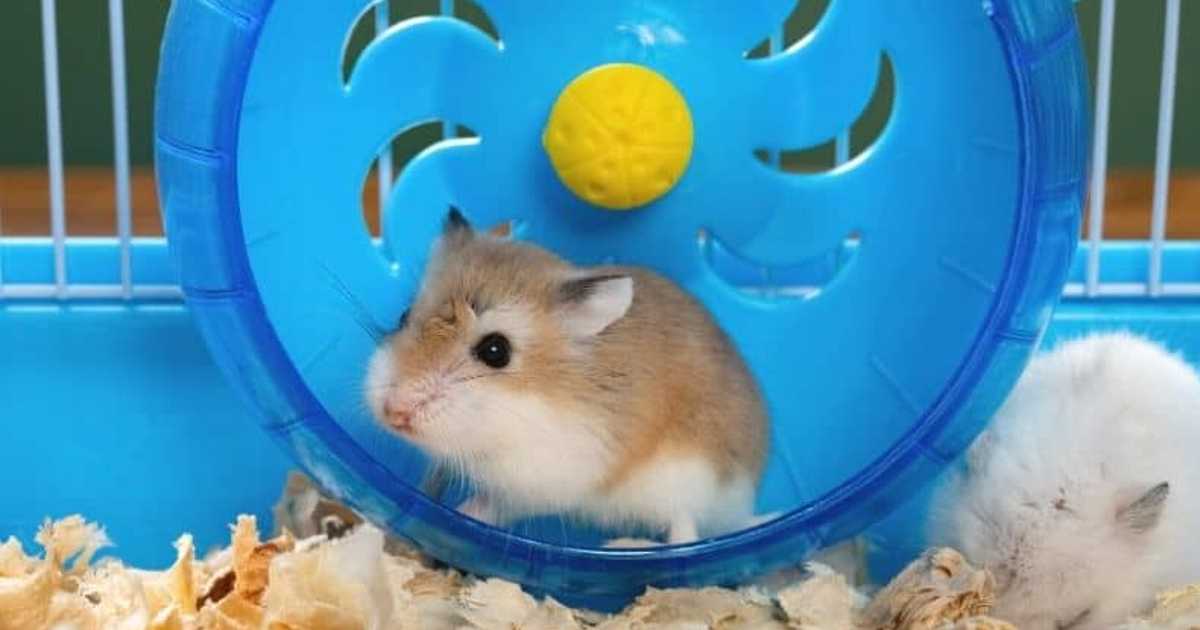
Since hamsters are active animals, they need to burn off that steam somehow. Playing with toys just can’t cut it nor can you bring your hamster out for walks like you would with a dog. This is where the running wheel comes in! And this is one of the main reasons why people love hamsters. When your hamster feels like it, the running wheel is always there to help your hamster stay healthy.
Running wheels are notorious for being loud. There are several ones who do make as much noise. And the best running wheel is the one your hamster uses the most. So sometimes you might have to change different running wheels to see which one suits best for your hamster.
In any case, a running wheel is definitely necessary. They are nocturnal animals. At night, they would run as far as 9 km! Without a way to let off your hamster’s steam, it would get bored and irritated. Not only will your hamster be way harder to tame, it would want to escape from its cage. If it succeeds in doing so, it’ll be incredibly dangerous for your hamster.
8. Travel Cage
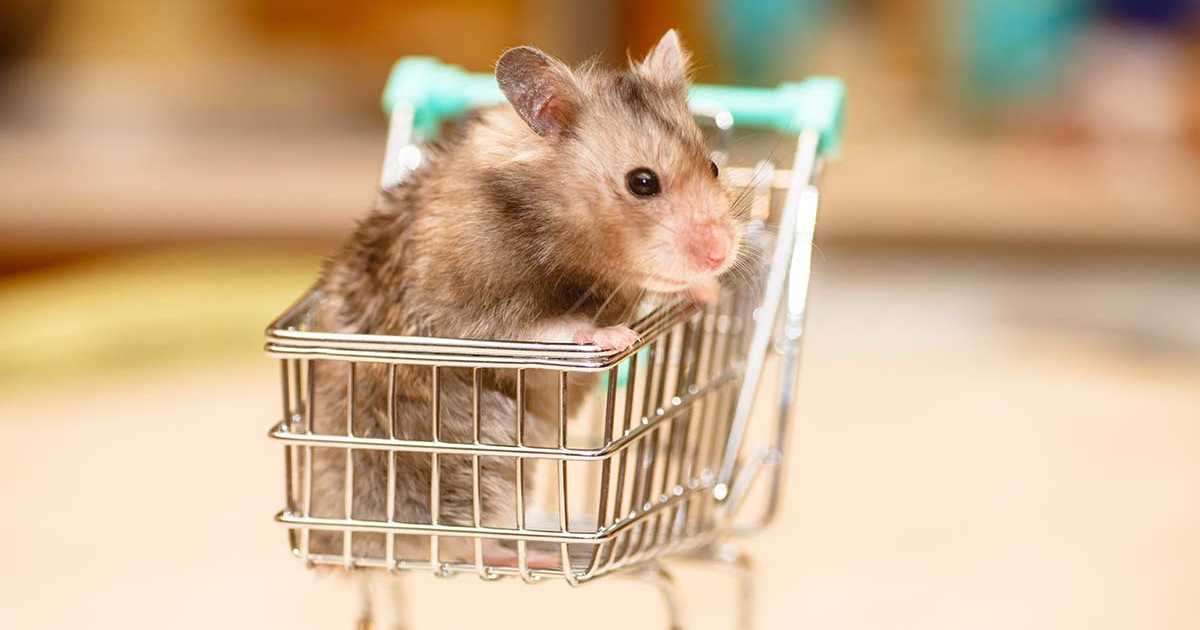
One last essential to have is another cage! While that may sound silly but it is needed. You would have to buy a travel cage to keep your hamster. To make trips to the vet easier, travel cages are designed to be smaller and easy to carry. An ideal travel cage would have enough space to fit just your hamster. With this said, don’t keep the hamster in the cage for too long! Apart from trips to the vet, you can also keep your hamster in this travel cage whenever you clean its main cage.
With this, getting a hamster is easy! Apart from the taming, owning a hamster is generally low maintenance. There aren’t too many things to get, and you can get them all rather easily. If you ever want a pet that doesn’t take up too much space, time, energy or money, hamsters are the perfect pet animal. If you ever want more info on animals, give PetBacker.com a visit! They offer many services for pets as well as blogs if you ever need information.








